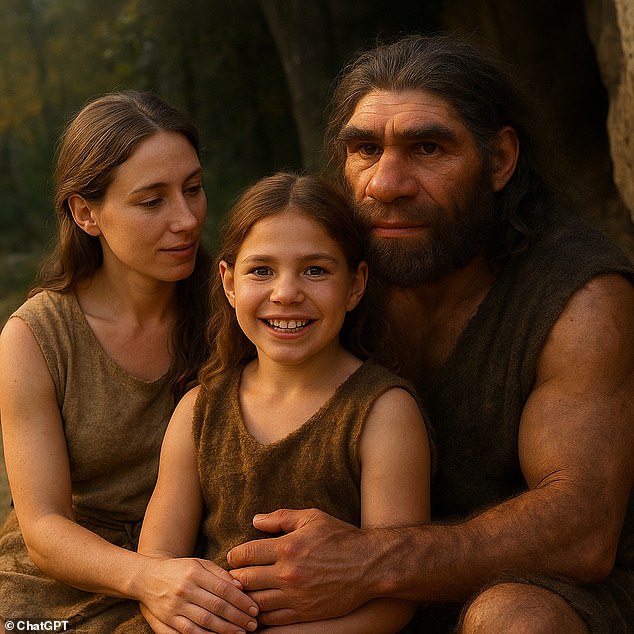The Legacy of Neanderthals in Modern Humans
It has been over 40,000 years since the last Neanderthals disappeared from the Earth. These ancient human cousins, however, continue to influence many aspects of our lives today. From the shape of your nose to whether you are an early riser, Neanderthal genes are still shaping our traits. This genetic legacy stems from a time when Homo sapiens and Neanderthals met, lived alongside each other, and even had children together.
Hybrid Traits: A Blend of Two Worlds
Scientists believe that hybrid children born from these unions would have inherited a mix of traits from both parents. This could mean long arms and short legs from Neanderthals combined with the smaller skull of Homo sapiens. Some hybrids might have strong Neanderthal facial features but also the upright posture and long legs of modern humans. In some cases, this interbreeding could result in entirely new traits not found in either parent.
A Glimpse into the Past: The Skhul Cave Girl
A recent research paper published this month revealed that a 5-year-old girl who lived 140,000 years ago was likely a Neanderthal-Homo sapiens hybrid. Her skull, discovered in the Skhul Cave on Mount Carmel in Israel, showed a mixture of both species’ traits. Initially classified as Homo sapiens, further analysis using CT scans revealed unique features. The girl had a powerful neck, a less bulging forehead, and a slight subnasal prognathism, similar to the Habsburg chin. Her spine indicated an upright posture, unlike the curved back typical of Neanderthals, yet her jaw, spine, and pelvis showed more Neanderthal characteristics.
New Facial Features from Interbreeding
Interbreeding may have led to entirely new facial features. In animals, hybrids often develop unique traits not seen in either parent. For example, Russian and Chinese mouse hybrids can have huge heads, while coyote-wolf hybrids may have unusual teeth or bone structures. Similarly, Professor Israel Hershkovitz notes that the Skhul people had a bony ridge above the orbits that was straight and protruding like a visor.
Evolution Over Generations
The Skhul 1 Child is rare because she is believed to be the direct offspring of a Neanderthal and Homo sapiens. Most interbreeding examples show gradual mixing over thousands of years. First-generation hybrids may resemble one parent with some traits from the other, while those formed over multiple generations tend to display a mosaic of traits from both lineages.
Examples of Hybrid Fossils
One such example is the Lapedo child, whose remains were found in Portugal. The child had heavy limbs and a stocky build like Neanderthals but also a chin and other features typical of Homo sapiens. Dating methods suggest the child lived around 27,780 to 28,550 years ago, long after Neanderthals were thought to have vanished.
Two Species or One?
Dr. João Zilhão argues that Neanderthals and Homo sapiens interbred far more frequently than previously believed. Genetic studies show that many modern humans carry Neanderthal DNA, suggesting interbreeding was common. He proposes that Neanderthals were not a separate species but a variety of Homo sapiens.
Major Periods of Interbreeding
Scientists identify two major periods of overlap and interbreeding between Homo sapiens and Neanderthals. The first occurred around 250,000 years ago in the Levant, lasting nearly 200,000 years. A second period followed when Homo sapiens arrived in Europe about 45,000 years ago. During this time, the two species became deeply interconnected.
A Controversial Perspective
Some researchers, including Dr. Zilhão, argue that Neanderthals and Homo sapiens were not distinct species. Instead, they suggest that Neanderthals were a West Eurasian variety of Homo sapiens. This perspective challenges traditional views and highlights the complex history of human evolution.







